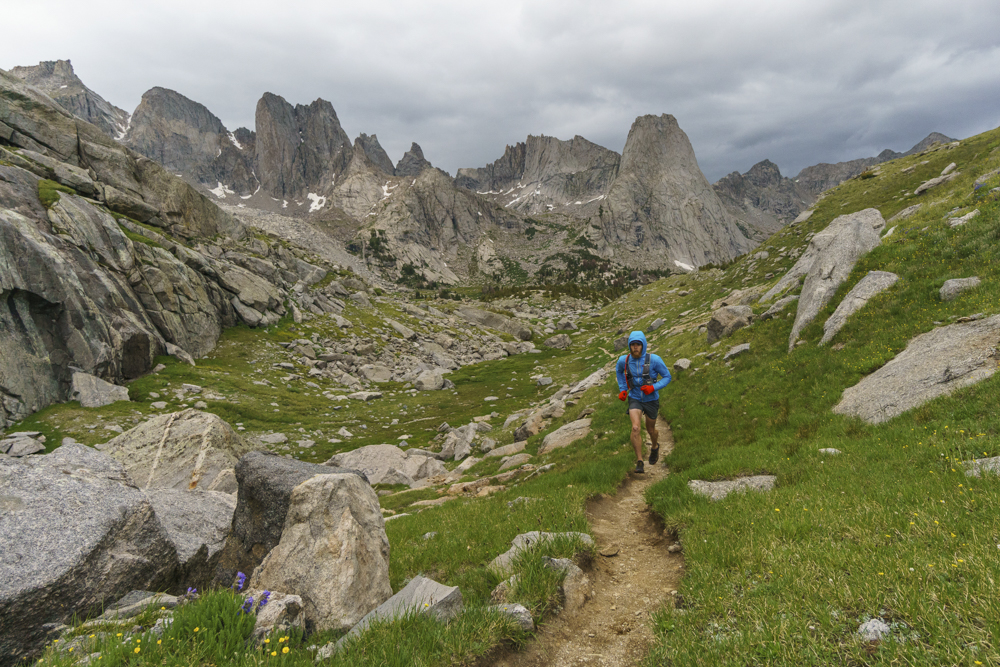Aerobic Deficiency is a frequent issue we encounter at Uphill Athlete among new clients seeking coaching and training. While the term might sound daunting, rest assured it’s not dangerous and can be reversed. It often affects athletes who have prioritized Zone 3 or higher-intensity workouts for years. These individuals typically boast impressive anaerobic fitness, feeling strong, fast, and fit—but their aerobic base, the bedrock of true endurance, is significantly underdeveloped, sometimes almost absent. For those who are less fit, Aerobic Deficiency is practically a certainty.
The Significance of an Aerobic Base
Base training, or sub-aerobic threshold work, isn’t the focus when preparing for shorter events like a 5K, 10K, or even a half marathon. These races are performed at a high intensity near or just above your Anaerobic Threshold, making your aerobic capacity a secondary contributor. For events under an hour, your performance largely hinges on your Anaerobic Threshold pace—essentially, the highest pace you can maintain throughout the event. A slight increase in speed would force you to reduce your pace shortly after.
For events lasting over 3 to 4 hours, such as an ultra-distance race or a challenging alpine climb, base aerobic training is both event-specific and foundational. This is because your competition pace or climbing speed aligns with your Aerobic Threshold. In endurance events of this duration, your aerobic capacity directly correlates to your ability to sustain effort over time. Spending prolonged periods above your Aerobic Threshold will eventually deplete your energy, leading to significant fatigue and a forced reduction in pace
When preparing for events that exceed 3 to 4 hours, base aerobic training serves as both your event-specific training and foundational conditioning..
The Risks of Overdoing High-Intensity Training
Many athletes who come to Uphill Athlete have been training consistently above their optimal endurance pace, often at very high intensities. For example, they might do a 45-minute run at full tilt, pushing their limits the entire time, or immerse themselves in high-intensity interval training (HIIT) sessions that rarely last more than an hour and a half. While this approach may feel productive, it doesn’t strengthen the aerobic base. In fact, sustained high-intensity training over time can degrade your aerobic capacity and limit endurance improvements.
High-intensity training does have its place in an endurance athlete’s regimen. However, low-intensity and high-intensity workouts lead to distinct adaptations, and a balanced combination is necessary for optimal endurance development. An over-reliance on high-intensity sessions can result in Aerobic Deficiency, a condition that takes months of consistent low-to-moderate-intensity training to remedy. There are no shortcuts. If you’ve been overindulging in high-intensity training, prepare for the hard reality of rebuilding your aerobic base.
High-intensity and low-intensity training cause very different endurance adaptations, and you need the right doses of each to maximally improve endurance.
What Does Aerobic Deficiency Look Like?
Your body naturally adapts to consistent training patterns. When you frequently train at or near your endurance limit (Zone 3), your anaerobic and glycolytic metabolic systems become highly refined, but at the cost of deconditioning your aerobic pathway—the system responsible for efficient fat metabolism. Another common result of this training imbalance is a decrease in aerobic enzyme concentration, as these enzymes aren’t receiving sufficient stimulus from low-intensity training.
Athletes who engage in consistent CrossFit or similar HIIT-style training for a year or more often find their Aerobic Threshold reduced to a walking pace. This occurs because their aerobic metabolism has been neglected, leaving it incapable of producing more power beyond this minimal level.

Aerobic Deficiency is common in athletes that have spent too much time training in Zone 3 and above.
The Path to Rebuilding Your Aerobic Base
Rebuilding an underdeveloped aerobic base requires patience. When we explain to an athlete with Aerobic Deficiency that their aerobic fitness is at rock bottom and they need to train at that level, we often hear resistance. “How can this possibly help?” they ask when told to walk instead of run. “It feels way too easy.”
Getting athletes to slow down and take a step back can be challenging. Many believe the myth that effective training must always be intense. These individuals are used to pushing themselves to their maximum sustainable pace and holding it there for as long as possible. To them, that’s what training means, and it’s how they’ve built strong muscles. When they shift to training at lower intensities, they don’t feel the same level of muscular effort, leading to doubts about whether they’re truly training.
Building a strong aerobic base is essential for long-term success in endurance sports. It’s particularly critical for long-duration activities, as it determines the sustainable pace you’ll maintain throughout your event or objective. High-intensity training can be an effective supplement to base training, but only when added to an already solid aerobic foundation. If high-intensity work starts replacing aerobic training, you risk developing Aerobic Deficiency. Sure, you might run a 20-minute 5K or outpace friends on short climbs, but that speed won’t translate into endurance needed for hours or days of exertion. After all, no one sprints to the summit of Everest.
To prevent or recover from Aerobic Deficiency, slow down. It’s the key to going longer, farther, and higher..
Interested in reading another viewpoint from another sport?
We recommend this article from VeloNews, the cycling website. They do a great job breaking down the why into understandable concepts. (Thanks to Uphill Athlete Bruno S for the link.)


1 Comment
Pingback: BC SKI FRIENDS: SUMMER 1.3 – backcountry ski friends